216 Views
Dyeing Yarn With Black Beans

by
Fiberartsy
(IC: blogger)
5 Materials
Here comes another experiment in my Natural Dyeing Series. Did you know that you can dye fabric and yarn with food? Before the invention of synthetic dyes, people dyed all of their fabrics and yarn with natural things like tea, onion skins, red cabbage and other plant materials.
This time, I dyed some cotton yarn and an alpaca/merino blended yarn with good ole black beans. Did I get black yarn? Nope. Blue and green. Weird, huh?
Full Step by step instructions are available at FiberArtsy.com. Just follow the link below.
This time, I dyed some cotton yarn and an alpaca/merino blended yarn with good ole black beans. Did I get black yarn? Nope. Blue and green. Weird, huh?
Full Step by step instructions are available at FiberArtsy.com. Just follow the link below.
I was curious to see how the different materials would take the color from the black beans. In my research, I found that cotton is more difficult to dye with natural materials than protein (animal) fibers. This turned out to be true as the cotton yarn came out a much lighter blue than the alpaca/merino blended yarn.
Here are my results from dyeing with just black beans and dyeing with black beans and baking soda added. This changes the PH factor or acidity and the color of the dye liquid.
Enjoyed the project?

Want more details about this and other DIY projects? Check out my blog post!
Published January 31st, 2017 6:22 PM
Comments
Join the conversation
4 comments
-
-
-
-
Thanks Brenda! I love to experiment :)
 Fiberartsy
on Feb 01, 2017
Fiberartsy
on Feb 01, 2017
-
-



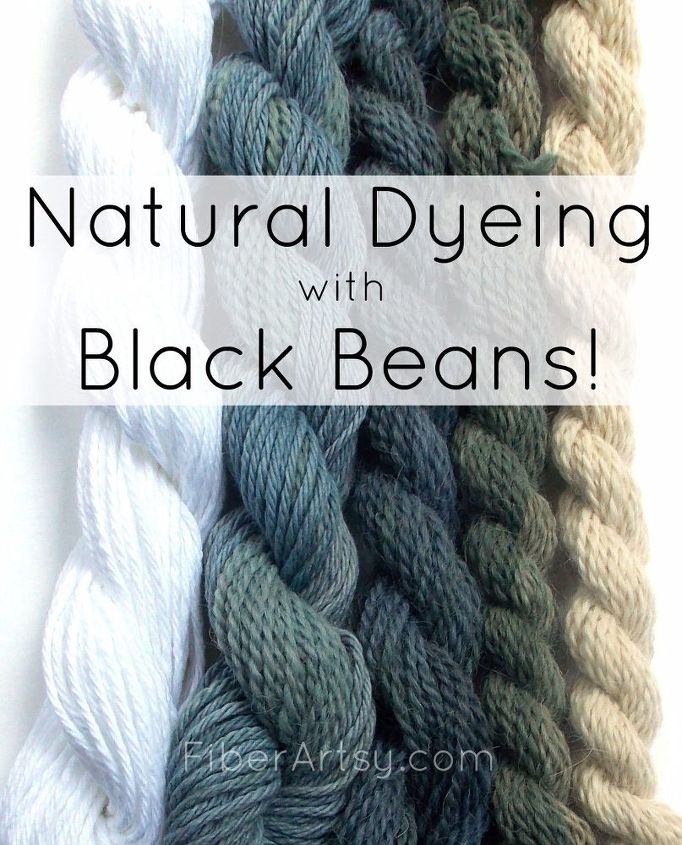












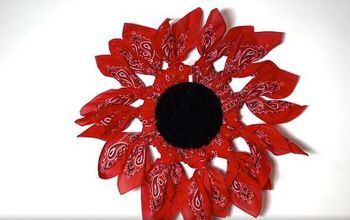
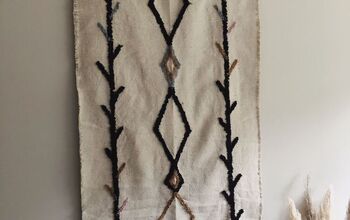
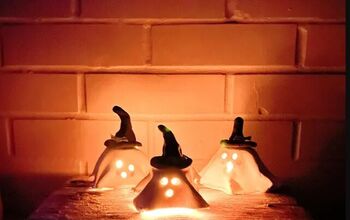


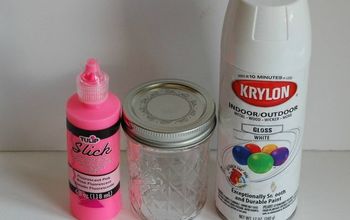


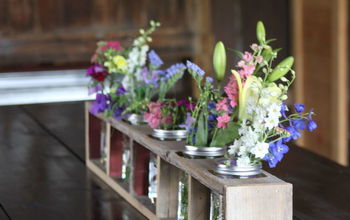
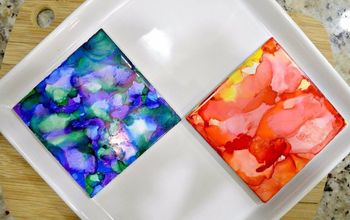
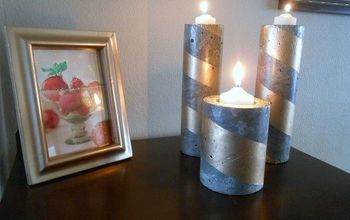



Frequently asked questions
Have a question about this project?